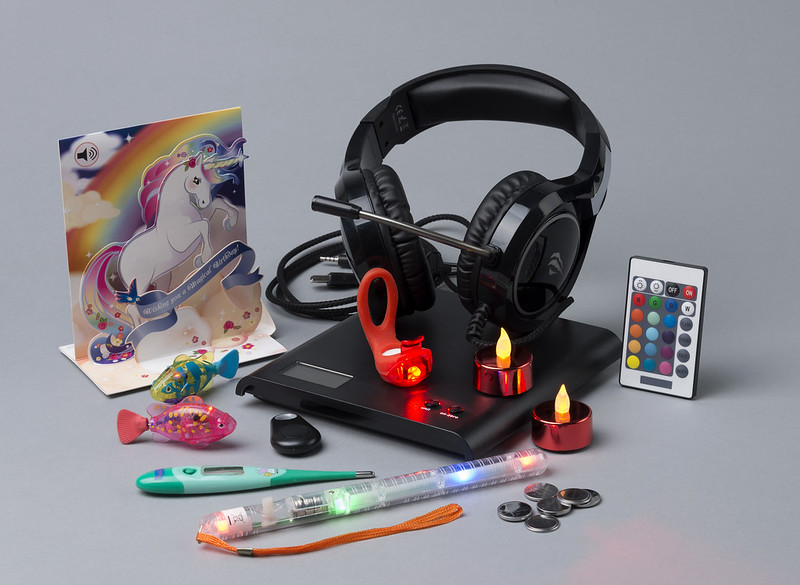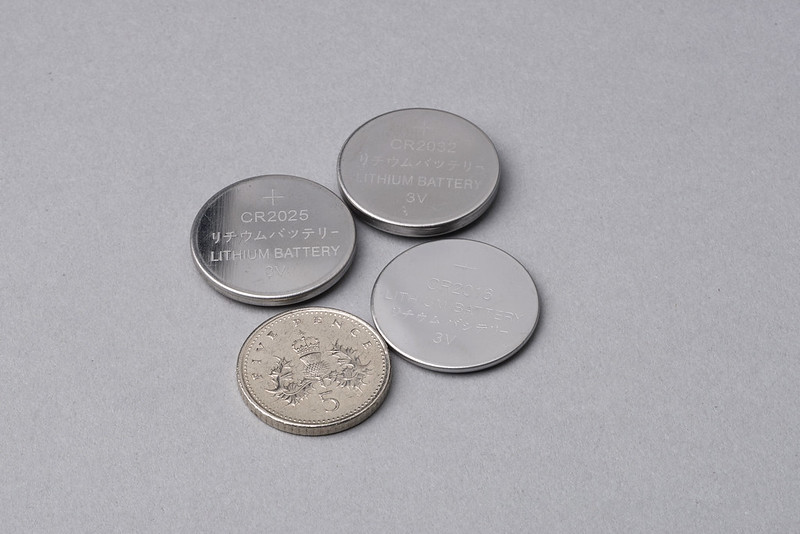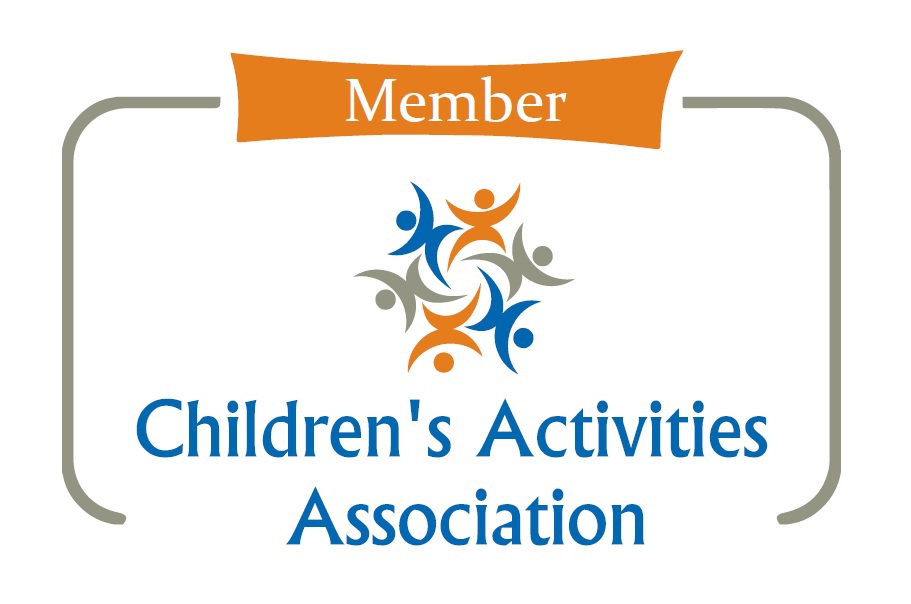Many of you will have read the heart breaking story of 2 year old Harper-Lee Fanthorpe, who died recently after swallowing a button battery from a remote control. Harper-Lee was rushed to hospital for emergency surgery after she started vomiting blood, but tragically doctors couldn’t save her. Her mum wants every parent to know about the dangers so that no other family needs to suffer such a terrible loss.
Why are button batteries dangerous?
Button batteries are small, round, silver-coloured batteries that come in many different sizes and types.
Most button batteries pass through the body without a problem. But if a lithium coin cell battery gets stuck in the food pipe, energy from the battery reacts with saliva to create caustic soda. This is the same chemical used to unblock drains and can burn through the food pipe to the main artery and lead to catastrophic internal bleeding and death. The chemical reaction can happen in as little as two hours. However, sometimes it takes days or even weeks.
Lithium coin cell batteries can also cause life-changing injuries. There is a risk that the food pipe is too badly damaged for a child to eat normally again or the vocal cords are too badly damaged for a child to speak normally again.
Any button battery is also dangerous if it gets stuck in a child’s nose or ear.
Who is at risk?
Children are most at risk from 1 to 4 years, but younger and older children can also be at risk.
Crawling babies up to pre-schoolers are at particular risk as they explore the world by putting things in their mouths. Toddlers are naturally inquisitive and can be very determined to explore and get into things.
Older children can be fascinated by them too. In some cases, they may deliberately put one of these batteries in their mouth or on their tongue to experience the sensation of the electrical charge.
How big is the risk?
At least two children a year have died as a result of swallowing lithium coin cell batteries in this country.
Surgeons at Great Ormond Street Hospital are seeing one child a month with corrosive burns caused by button batteries.
Batteries in toys, gadgets and novelty items
Button batteries are used in an increasingly wide range of toys, novelty items, gadgets and other everyday objects you’ll find around the house.
While some battery compartments are secured, many batteries are easy for children to get to.
Lots of these objects have buttons and surfaces that young children love to explore and play with. Many are brightly coloured or otherwise appealing to children. These include:
- gaming headsets
- slim remote controls
- car key fobs
- key finders
- thermometers
- kitchen or bathroom scales
- musical cards
- "talking" books
- novelty items like singing Santas and flashing wands
- fitness trackers
- fidget spinners with LED lights
- 3D glasses
- flameless candles, nightlights and tea lights
- light-up fidget spinners
- light-up yo-yos
- robot bug or fish toys
- light-up head bands

How can you keep your child safe?
- Look round your home for lithium coin cell batteries – in products as well as spare and ‘flat’ batteries. Use this poster from the Child Accident Prevention Trust to asses your home’s risk
- Keep products well out of children’s reach if the battery compartment isn’t secured
- Store spare button batteries in a sealed container in a high cupboard
- Remember that ‘flat’ or ‘dead’ batteries still hold enough power to badly hurt a child. So put them out of children’s reach straight away and recycle them safely and as quickly as possible
- Take care when buying toys from markets, discount stores or temporary shops as they may not conform to safety regulations. Similarly, toys bought online or from overseas may also not meet UK safety standards
- Teach older children that button batteries are dangerous and not to play with them or give them to younger brothers and sisters
No obvious symptoms
Unfortunately it is not obvious when a button battery is stuck in a child’s food pipe. There are no specific symptoms associated with this. The child may:
- cough, gag or drool a lot
- appear to have a stomach upset or a virus
- be sick
- point to their throat or tummy
- have a pain in their tummy, chest or throat
- be tired or lethargic
- be quieter or more clingy than usual or otherwise ‘not themselves’
- lose their appetite or have a reduced appetite
- not want to eat solid food / be unable to eat solid food
But these sorts of symptoms vary. Plus, the symptoms may fluctuate, with the pain increasing and then subsiding.
One thing specific to button battery ingestion is vomiting fresh (bright red) blood. If the child does this then seek immediate medical help.
IF YOU SUSPECT YOUR CHILD HAS SWALLOWED A BUTTON BATTERY, ACT FAST
- Take them straight to the A&E department at your local hospital or dial 999 for an ambulance
- Tell the doctor there that you think your child has swallowed a button battery
- If you have the battery packaging or the product powered by the battery, take it with you. This will help the doctor identify the type of battery and make treatment easier
- Do not let your child eat or drink
- Do not make them sick
- Trust your instincts and act fast – do not wait to see if any symptoms develop
We hope that you never find yourself having to deal with a button battery related accident, but as we always say at Mini First Aid, it is better to be prepared, and prevent accidents from happening in the first place. If you’d like to book our Baby Proofing course, designed to help you avoid accidents in the home for children aged 6 months plus, CLICK HERE.
You can find out more about button batteries at the Child Accident Prevention Trust (CAPT) website.







